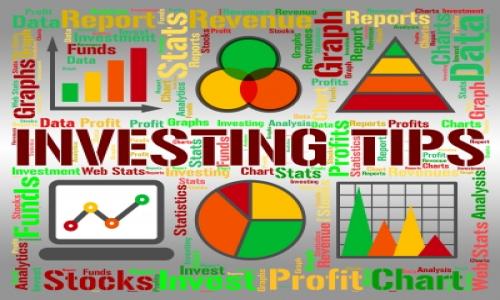Bond prices and rates move in opposite directions. Prices go up in strong economies (causing yields to go down) because the reward is down and vice versa. Why buy a bond with a 3% yield when one can buy a stock with a dividend yield at 6%? Granted there is less risk with bonds, but riskier assets prove more rewarding. Bond markets rise when stock tend to fall.
While inflation is a buzz word, are we really experiencing this? Inflation generally occurs when there is more money in circulation and the dollar loses relative value so more are needed to buy what it once could for fewer of them. If there is inflation bond yields must rise to properly compensate the bond holder (creditor) for their loan.
With everything just mentioned in the above two paragraphs, one must question: Why buy bonds?
The yield on the U.S. 10-year Treasury note is only 3.16%. This paltry amount seems to indicate that bond issuers and the bond market do not believe in the inflation ‘bug” at this time, but the low rates indicate they are tentative about the economy. Further, with such low rates there is little incentive to buy when one has alternatives like blue chip stocks that offer a dividend and have the upside of continued growth.
Current dividend yields of some major blue-chip companies:
ATT&T (NYSE:T) 5.44%
Verizon Communications (NYSE:VZ) 5.21%
Bristol Meyers Squibb (NYSE:BMY) 4.57%
Philip Morris International (NYSE:PM) 3.75%
H. J. Heinz Co. (NYSE:HNZ) 3.43%
Is it wise to invest one’s money in a genre of investments that predicate stagnation and hedge against deflation, or at this time, invest in large blue-chip companies which offer a higher rate and more upside?



Add your Comment
or use your BestCashCow account